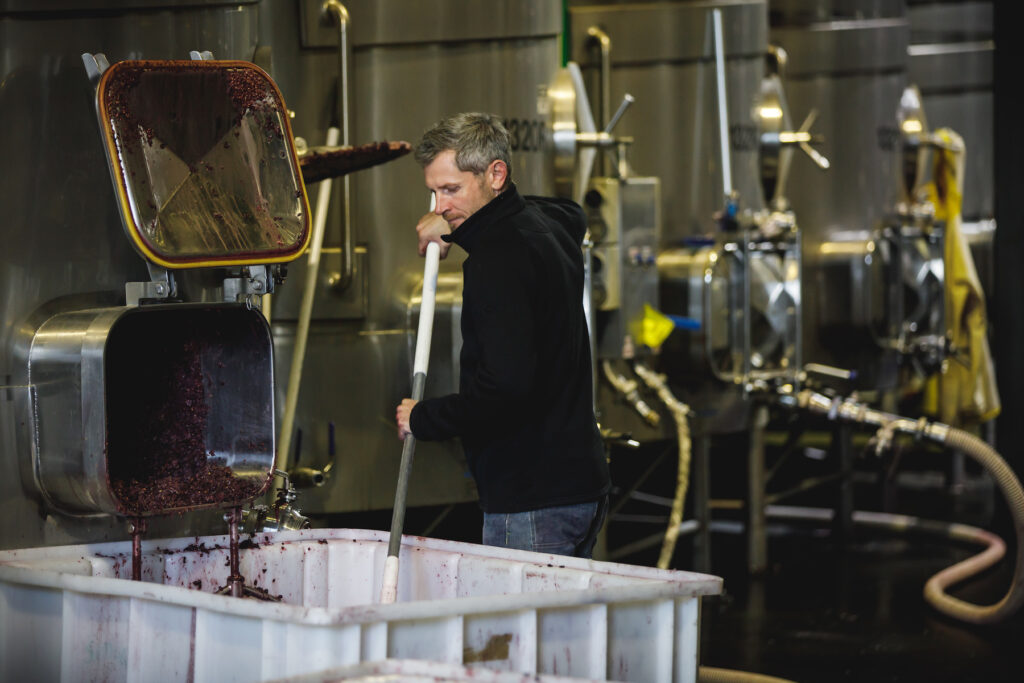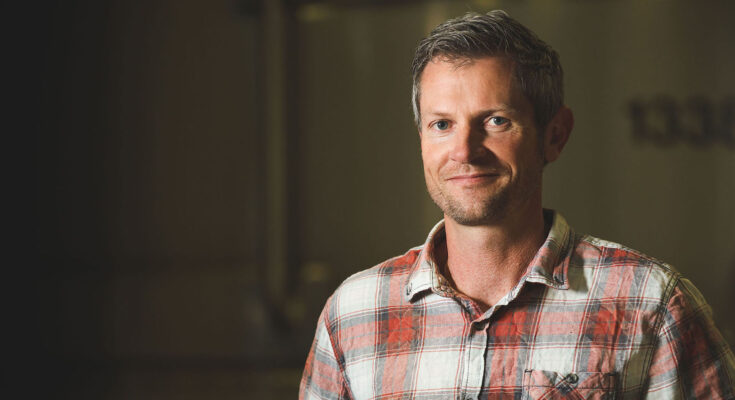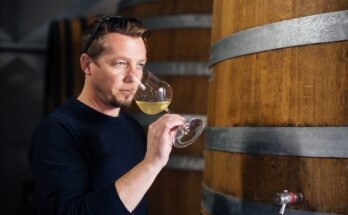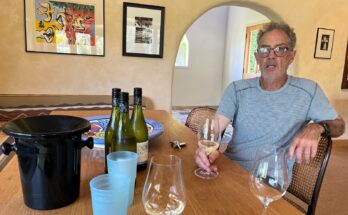An excellent evening (at First Glass Wines and Spirits in Takapuna) was had recently, tasting some of the current wines from St. Clair in Marlborough with Senior Winemaker, Kyle Thompson. My thoughts on the wines are at the end of this article; but I had the chance to follow up the evening with a bit of Q&A with Kyle to pose all those questions you don’t get a chance to ask at a public session…
How has Marlborough changed since you’ve been working there? What do you think is ahead for the future? I heard some chatter about looking to establish sub-regional definitions?
There have been plenty of changes in the time I have been here, the most obvious change being the number of vines planted! But I think the most significant change has been the evolution of the Marlborough identity. It was Sauvignon Blanc that put us on the map – and Sauvignon Blanc is still king, obviously – but we’ve evolved as a region to be so much more than that. There are some truly incredible Pinot Noirs, Syrahs, divine Chardonnays, and top-notch Rieslings all coming out of the area now, and that’s not to mention all the exciting things happening with less well-known varieties. Anyone who thinks Marlborough is a one-trick pony is missing a trick, so to speak.
We’ve also got the advantage that many of the vines are aging and coming into their own, adding a maturity and complexity to the wines from here. With that has also come a growing understanding of matching the right vines to the right soils and sub-regions, which takes it all up a notch too. In terms of defining sub-regions, it’s a complex issue. Some sub-regions are more clear-cut than others (like Awatere Valley and Southern Valleys) – where for some of the others the lines are more blurred. As an industry it’s something we still need to figure out and talk about.
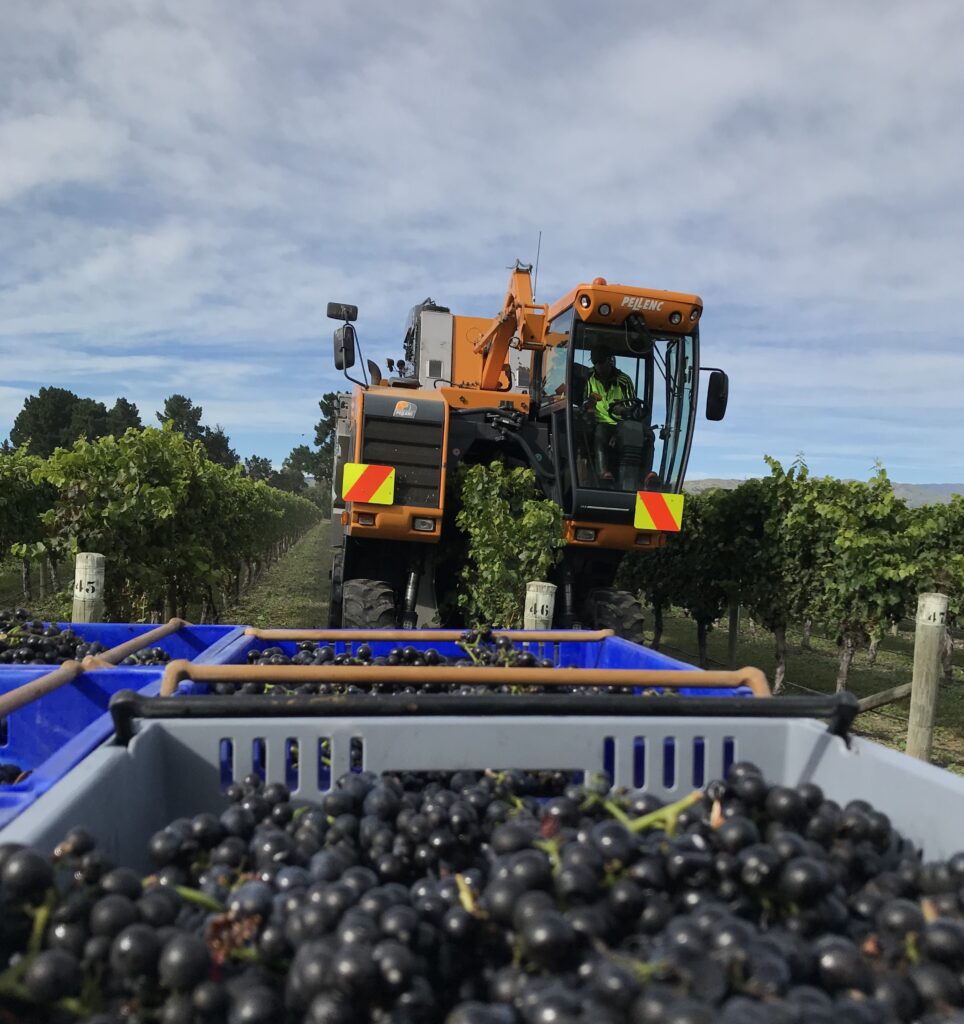
I also think it’s great that although we’re New Zealand’s biggest wine region, there’s also a sense of being a ‘wine community’ too, and I personally love the collaboration and big picture view you see amongst the winemakers here.
Can you say what defines a Marlborough Pinot Noir compared to Central Otago for example? Or a Marlborough Chardonnay to a Hawke’s Bay one?
Marlborough Pinot Noir has evolved over the years, to become the consistent award winners we have today. It’s actually very difficult these days for most people to distinguish between a Marlborough Pinot Noir and a Central Otago Pinot Noir – it’s just not that simple. There is a vast smorgasbord of Marlborough Pinot Noir out there for people to choose from now. You’ll find everything from deep, dark, richly-flavoured Pinot Noirs that people used to associate with Central Otago – to the lighter fruity Beaujolais style – and everything in between.
Marlborough’s Pinot Noir vines are getting older which means the fruit is more consistent with an overall darker fruit spectrum and a greater depth to the flavour spectrum – and as winemakers we’re also getting better with every vintage!
It’s much the same with Chardonnays too. In fact, Chardonnay is often referred to as the “winemaker’s wine” as it can be so influenced by the winemaker, not just the region or vintage. However Marlborough’s natural acidity means we have the luxury of using it differently – from a methode traditionelle right through to flinty, mineral style and richly textured wines. Our Hawkes Bay vineyard for example, by comparison, often delivers richly flavoured stone fruit notes, which is notably different to our Marlborough fruit.
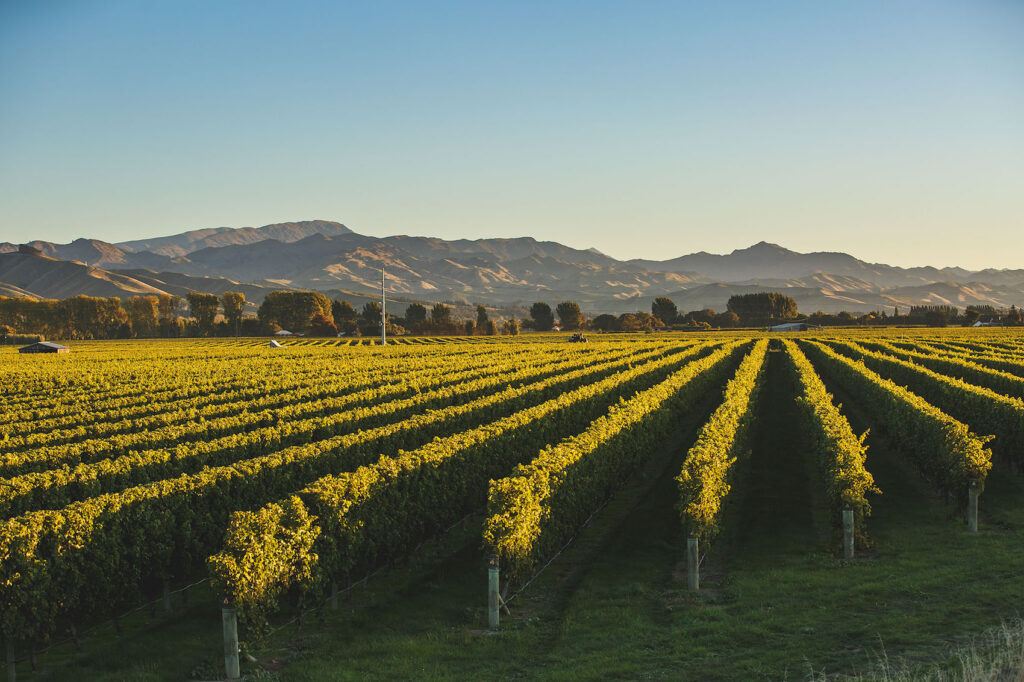
At the evening presentation, you alluded to your love of soil types. Can you tell us about your land – vineyard, soils, elevation, etc?
Yes, I’m a total soil geek. It’s no exaggeration to say I’ve read Mycorrhizal fungi books for fun! And it definitely all comes into play in growing great grapes and making great wine. It’s also critical for our long-term future that we ‘farm’ sustainably with understanding of soil health and terroir.
Marlborough’s terroir is unique in many ways – it’s sheltered from adverse weather conditions by the ranges in the north and south. We’re blessed with high sunshine hours with high luminosity, and made even more interesting by the pockets of different soil types throughout the valleys here.
Once you remove other factors such as sunshine hours, macro and microclimate, each grape variety also has an optimum soil makeup that allows it to perform at its best. At Saint Clair we have found that each grape variety has an ideal soil makeup to reach optimum ripeness, concentration, and final balance in the finished wine with a full flavour profile.
We grow most of our naturally high-flavoured Sauvignon on the valley floor. Our most awarded Sauvignon Blanc comes from very fertile, deep, free-draining soils in the lower Wairau Valley close to the sea (Dillons Point). The soil in this area is well suited to hungry Sauvignon Blanc plants, creating evenness across the vineyard. Deep fertile soil like this ensures each vine has the same soil makeup to the vine next to it, which creates an even ripeness across the whole vineyard – and helps with overall vineyard decisions. These vines have big dense canopies with deep, dark green leaves; they are very healthy plants with a big, powerhouse canopy to drive powerful aromas and intense flavours.
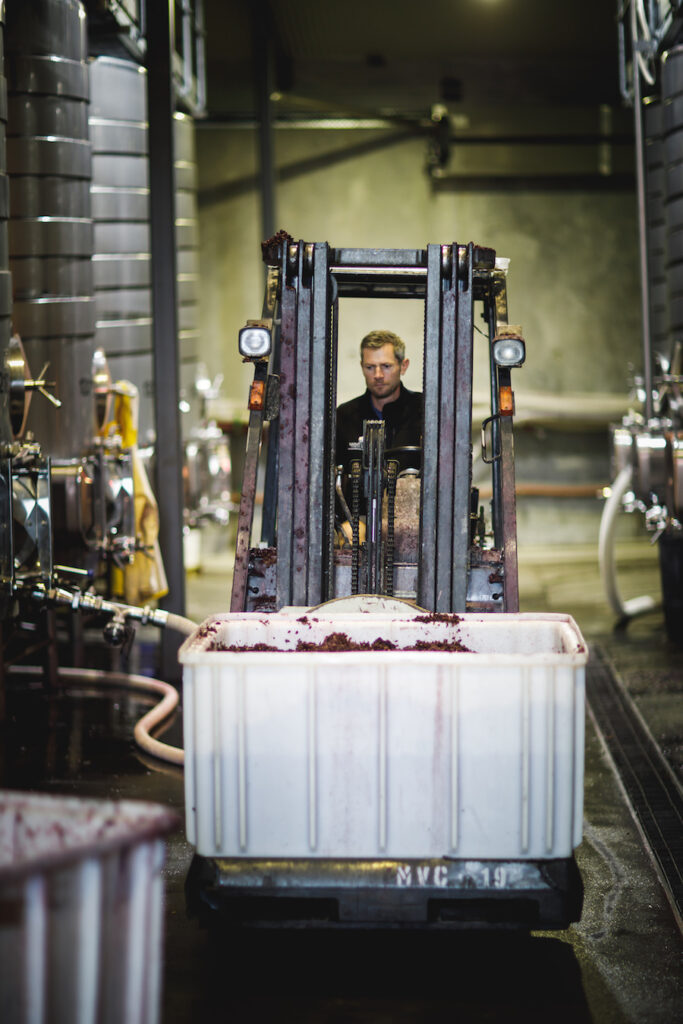
We grow our Pinot Noir and Chardonnay on the opposite end of the soil type spectrum to Sauvignon Blanc. These vineyards are mainly situated in the Southern Valleys. The Southern Valleys are clay-based valleys, stretching south like fingers into the Wither Hills. They get higher and drier, the further you go into them, and there’s also a large diurnal shift, well suited to these varieties. The clay-based soils eroded into the valley floor create ideal growing conditions for Pinot Noir and Chardonnay. Although fertile, these soils restrict vigour at the right time of the season, ensuring the bunches remain small and compact, and the berries become small, concentrated gems, resulting in powerful elegant wines.
Do you see winemaking as artistic or scientific?
For me, it’s a definite blend of the two. You need to have a scientific brain and enjoy the science of wine, based off analysis and facts – but also be brave enough to use your intuition and artistic flare.
One good example is probably picking decisions in the vineyard. We do all sorts of scientific analysis which can give us indications about ripeness, but there’s often this window where the stats are telling you it’s ok, but your taste buds “know” it’s not quite there, so you wait another few days and bingo! Suddenly the grapes go from good to great, and the numbers alone can’t tell you that.
I guess the longer you work with wine the more you develop your intuition and have the courage to try new approaches in the vineyard and in the wines, intuitively knowing that they will more than likely pay off. Maybe one day we’ll invent a scientific algorithm for all of this, but at least for now we need that artistic, human touch too.
Do you have a favourite clone to work with – and how much difference do clones bring to the mix, compared to site/terroir?
At Saint Clair we use a mix of different Dijon clones for Pinot Noir, and they all contribute to our final wines in one way or another – either contributing aromatics, fruit character, structure, or colour, for instance. The clones all have their eccentricities year on year. I find that each year there is one clone that stands out above the others, maybe producing a more intense flavour profile, better disease resistance for that given year, or riper tannin structure. This one clone will be subtly better across all the different vineyards, regardless of site. All clones have their optimum flowery dates, (a few days earlier than others) but it’s more than just this – it’s a combination of all the factors contributing over the whole growing season – it’s fascinating to observe.
I always maintain that the role of the winemaker is to capture the flavour of the vineyard in the wine – if you can get balance in the vineyard, you’ll have a balanced wine. That’s the beauty of having different clones – if one is not so good in a given year there will be another one which will shine and give balance.
My overall favourite Pinot Noir clone, which consistently provides high quality fruit, is Clone 115 – I call it the performer.
What are your favourite other wines, and do you have any stories to tell about discovering those?
I don’t say this flippantly, but I really do love all wine. I love the diversity of varieties and styles that are out there, and love trying different things as the mood strikes me.
Some of my best wine experiences have been trying local wine, in the country of origin, with local food. I once had an unknown local red wine poured from a clay jug while eating pasta in Tuscany and that was a sublime combination. I once had a Tokaji (6 Puttonyos) sitting on the beach on a summer evening. The setting, the food, and the company often elevates the whole experience.
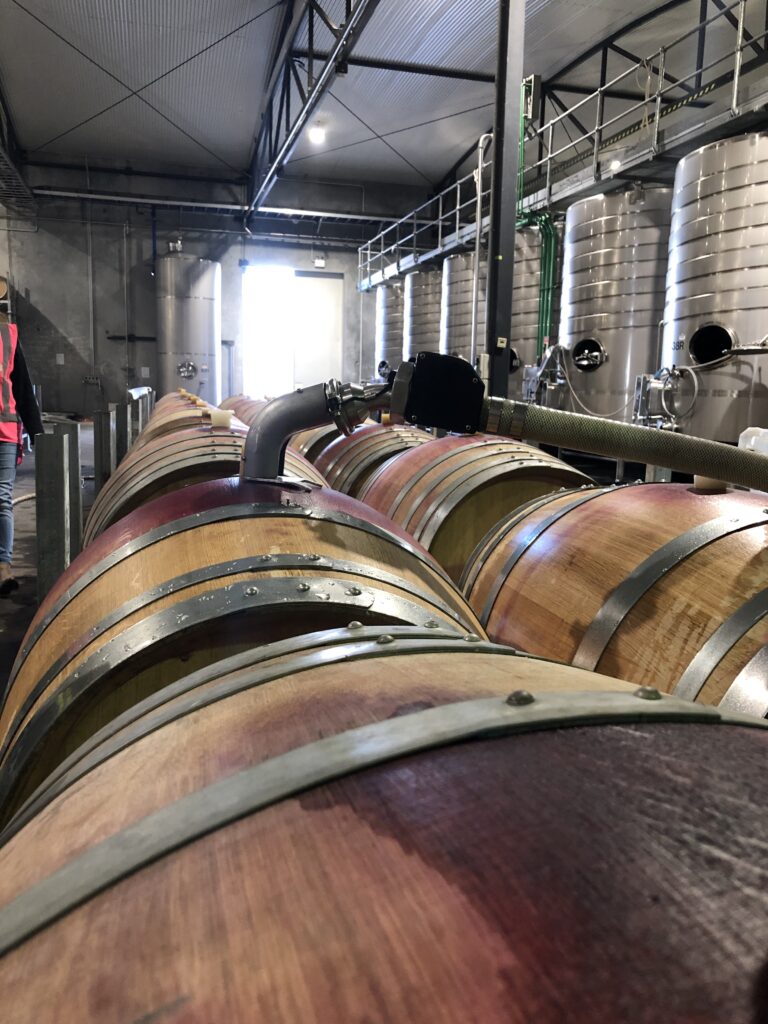
Now that Saint Clair have the Gimblett Gravels vineyard (is that the Mere Road site that was Mills Reef?), are you looking forward to going back to making the Bordeaux style wines?
My winemaking passion was lit in Bordeaux and so I have a real love for Bordeaux style wines. Making these wines in New Zealand is always a buzz. It’s working with the same varieties as they have in Bordeaux (with similarities in the terroir, in part), but we get to make it with Kiwi expression.
Yes, Saint Clair owns the Mere Road Vineyard, but we have had the Plateau Vineyard (also in the Gravels) for many years, and were taking the fruit off that block for many years before that. So, we’re very familiar with the fantastic concentration and flavour profiles we can get from there. Gimblett Gravels is a pretty unique place for these varieties. The Gravels deliver the opportunity to reach optimal ripeness, which is especially advantageous with the late-ripening Cabernet Sauvignon.
If you could make other wines, what would they be?
We are very fortunate at Saint Clair to grow (or have access to) many of the different varieties that are grown in New Zealand – around 14 in varieties in total! From the obvious contenders (Sauvignon Blanc, Pinot Noir, Chardonnay, Riesling) to Malbec, Grüner Veltliner, Viognier, Syrah and about six others. We have been developing our skill set with each of these varietals over many years, and each one comes with an exciting challenge.
I would love to get a mature, perfectly ripe Nebbiolo into the winery to ferment, but to get that variety truly ripe here is a challenge. I’d also love the opportunity to make a Hungarian Tokaji – but I guess I’d really need to be in Hungary for that one.
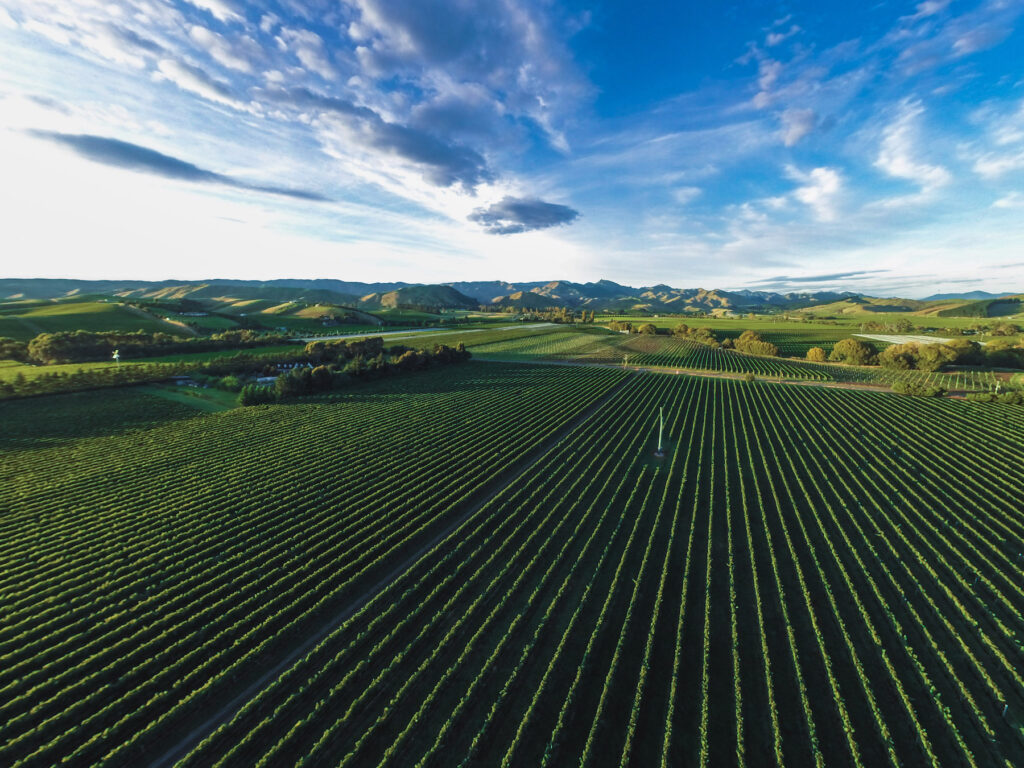
It seems like everyone make a rosé now – is this now beyond a trend, and taken more seriously?
Rosé is as serious as any other wine. It’s a tremendously popular wine style – as seen by the vast array of great Rosés on the market – and it’s a challenge for the winemaker to develop a point of difference, adding complexity while retaining elegance. Rosés are just so versatile, and that’s part of the attraction. They’re not trying to be anything they’re not, which makes it an attractive option for the consumer. At Saint Clair we experiment with different varietals and techniques; always searching for a way to do it better.
Do you have any methods that you’ve learnt that now help define your work? For example, what are your thoughts on using whole bunch in your winemaking?
For me getting optimum ripeness in the vineyard is the key to success in the winery. As you get to know your vineyards and develop confidence in their ability to deliver consistent quality, then that naturally opens the door to experimentation. At Saint Clair we experiment every year, pushing the limits with one thing or another, using high quality fruit. Some experiments work, some don’t.
I have been experimenting with whole cluster Pinot Noir fermentations, for example. Over the years I seemed to have settled for around 15% whole cluster for most of our vineyards – but there’s one vineyard that can handle 100% whole bunch fermentation. Obviously, you have to know your winemaking craft, but it’s also a lot to do with knowing your vineyards, knowing what the grapes from each will respond to, tolerate and reward.
Plans for the future?
One of the great things about winemaking is that no two vintages are ever the same. So, you never stop learning. Each year it’s about continuing to get to know the vineyards, experimenting both in the vineyard and in the winery, aiming to capture the ultimate expression of that year’s vintage. It never gets old, and your job is never done!
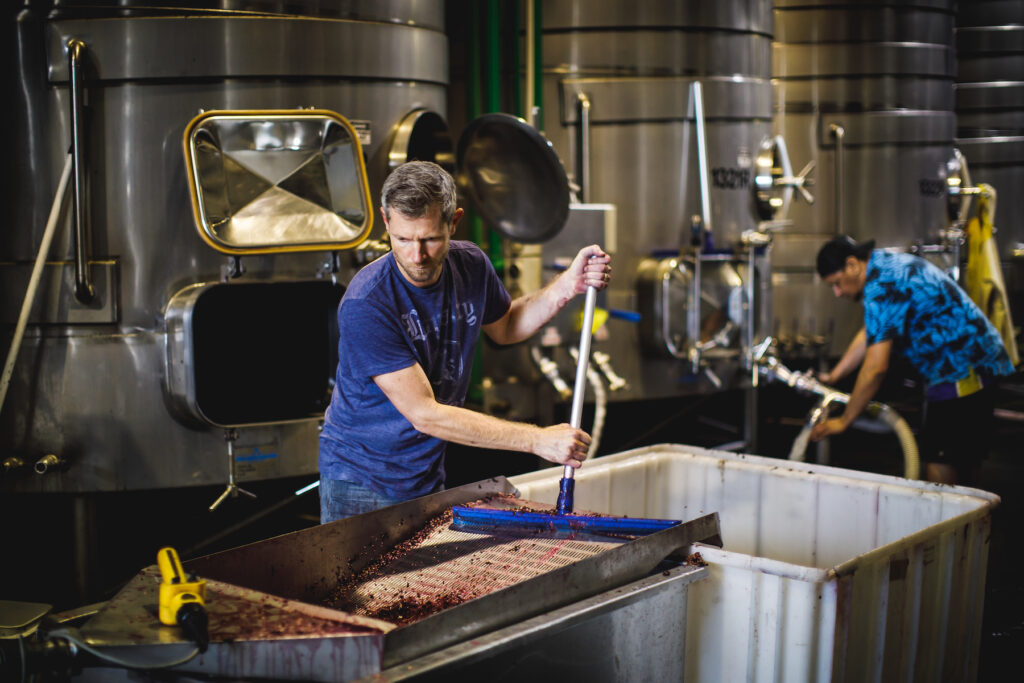
I was lucky enough to try quite a few St Clair wines at the tasting – my (brief) thoughts on the selection are below:
Block 1 Foundation Sauvignon Blanc 2020
From a single vineyard in the Dillons Point sub-region. On the nose is a reduced grassy, green aroma, but fresh, balanced grapefruit, nettle and peach with a slight sweaty, funky note. Medium acidity and has much more going on across the palate than your ‘typical’ Wairau SB. Elegant and with a subtle power and succulent texture that ends in a long, expressive finish.
Wairau Reserve Sauvignon Blanc 2020
A barrel selection from across the Wairau Valley, this SB shows more conventionally pungent on the nose with blackcurrant, jalapeno, gooseberry backed up with lots of green juiciness. Zesty, driving acidity and passionfruit and herbal through the palate.
Block 10 Twin Hills Chardonnay 2018
Pale golden-green in the glass; with an elegant, pure nose with peach, apple, grapefruit and a distinctly floral lift of lemon blossom. Rich, golden and tropical on the concentrated, opulent palate. Framed with a toasty oak core, and a lovely linear acidity.
Block 11 Cell Block Chardonnay 2018
Aromas of crisp fruits – lemon peel, red apple and grapefruit. Mineral. Herbal. Notes of bay, chamomile and fresh green fennel. Roast cashew and spicy vanilla hint at a good dash of oak, which develops along with the fruit density, into nectarine, melon and tropical. The finish so much richer than the nose suggests.
Block 9 Big John Riesling 2018
Nashi pear and crunchy green apple show up with a little mandarin, blanched almond and a whiff of petrol. Feels Germanic. Ripe, easy drinking – lots to like. 9.5% alcohol feels right – it’s bright, clean and flies briskly along on a line of acidity.
Premium Pinot Noir 2019
Starts tart and vibrant with acidity, spice and pure red fruits. Cherry, tar, damson, sumac and cinnamon. Slightly green and with a woody, balsam edge to the tannins.

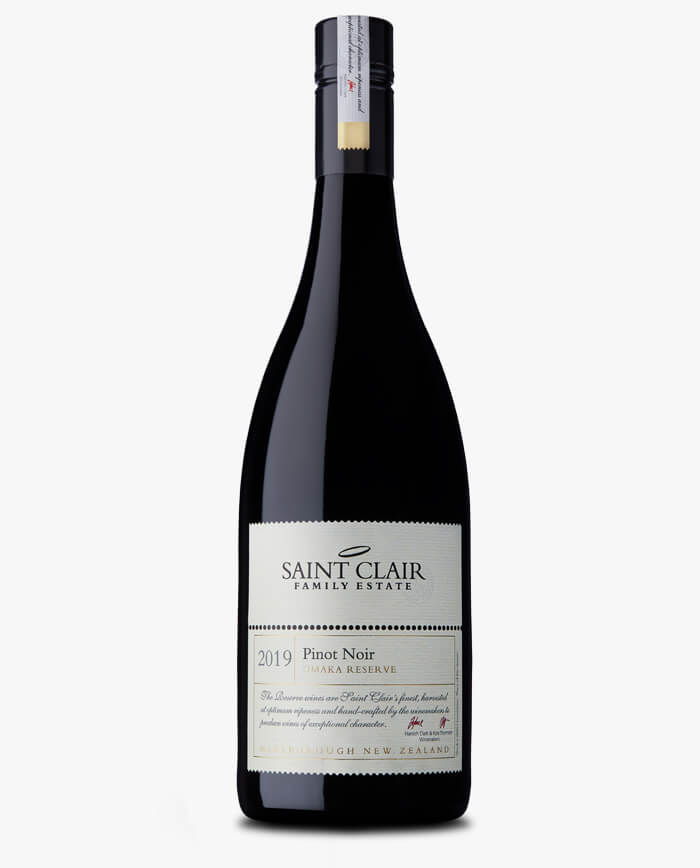

Block 15 Strip Block Pinot Noir 2019
Lighter colour but immense on the nose. Effusive, vital and arresting. An earthy funk, like hops and moss soaked in cherry cola. Cherry, plum, blueberry and cassis. Iron-stone graphite minerality. Savoury and earthy, with a dark core of tapenade, rosehip and star anise. Wine of the night.
Omaka Reserve Pinot Noir 2019
Darker carmine-burgundy, with a deep ripeness to the fruits. Raspberry, blood orange, cranberry and elderberry. Elegant, rounding off the corners to a polish. Integrated but toasty oak is more prevalent, giving a smooth, velveteen edge.
Block 17 Plateau Gimblett Gravels Merlot 2019
Ruby hued, with a floral, violet, raspberry and plum aromas. This has a real sweet spot, nicely balanced and rounded. A rich, chocolatey depth with the oak, ripe tannins and gentle acidity in tune. Wide, smooth and vibrant. Love a Gimblett Gravels Merlot.
Block 17 Plateau Gimblett Gravels Cabernet-Merlot 2018
Deep, darkly coloured. Highly perfumed with blueberry, bramble and cassis fruits. Rich, spicy and with a toasty layer of oak. Savoury, with leather, tobacco and dark spices.
Godfreys Creek Noble Riesling 2018
Honey, nutmeg, apricot and dried pineapple on the nose. A tickle of tar and medicinal, tea tree to the back of the throat. Fig, marmalade, melon and sweet guava coat the palate. Nougat with chocolate chip and roast almond. Marathon-long finish.
